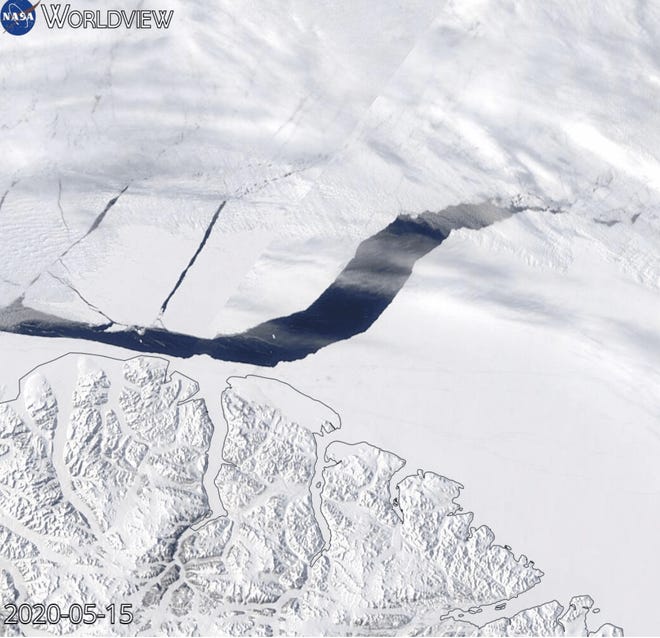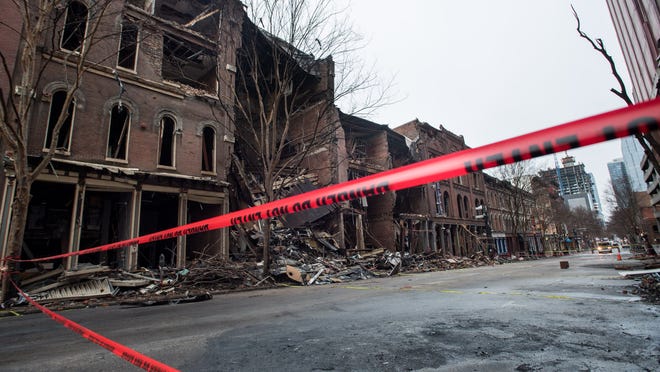
An area known as the "Last Ice" in the Arctic had developed a huge hole, causing concern among researchers for the area considered to have the oldest and thickest ice in the region.
The hole in the ice, also known as a polynya, is located north of Ellesmere Island, Canada's northern-most island and just west of Greenland. Researchers at the University of Toronto-Mississauga found the polynya formed on May 14, 2020. One day later, it had expanded about 62 miles long and 18 miles wide before closing off on May 26.
The team of researchers published their findings in the journal Geophysical Research Letters in August. While the polynya did eventually close, the team used old satellite data and found that this wasn't just a one-time thing; the same instance also occurred in 1988 and 2004.
"No one had seen a polynya in this area before. North of Ellesmere Island it’s hard to move the ice around or melt it just because it’s thick, and there’s quite a bit of it," Kent Moore, Arctic researchers at the University of Toronto-Mississauga and lead author of the study, said in a statement.
Polynyas can form in two different ways: either the water underneath is too warm for the ice, or if wind blows the ice away, according to the National Ice and Snow Data Center. The reason for all three polynya openings at the "Last Ice" was attributed to extreme wind conditions, which needed to be strong enough to move ice over 16-feet thick.

David Babb, a sea ice researcher at the University of Manitoba in Winnipeg, said polynyas forming in the region is unusual because the wind in the area is not as strong as the winds near the coast, possibly showing the ice where the hole opened is not as resilient, or it's getting thinner.
"The formation of a polynya in the area is really interesting. It’s sort of like a crack in the shield of this solid ice cover that typically exists in that area. So that this is happening is also really, really highlighting how the Arctic is changing," Babb said.
Moore added the polynyas can happen more frequently as the ice gets thinner, but if global temperatures continue to rise, they might not be able to close back up like the previous three instances.
'Catastrophic':Coral loss feared as warming oceans kill massive reefs, report finds
'Concerning': Earth is 'dimming' because of climate change, research suggests
The area has already begun experiencing warmer temperatures. At the summit of nearby-Greenland's ice sheet, temperatures were above freezing in August that it began to rain. It was the fourth time since the area began to record its weather in 1950 it had occurred, but the third time it had happened since 2012.
As scary as a polynya sounds, it's not an immediate threat to the ecosystem, Moore added. Sunlight hitting the water means underwater plants can photosynthesize, which brings in more fish and enhances the area's food cycle. However, if the area remains permanently open, then long-term consequences can happen.
"As ice melts and moves offshore and species like walruses and seabirds, lose access to it, we lose that benefit," Moore said. "Eventually, it gets so warm that species can’t survive."
Follow Jordan Mendoza on Twitter: @jordan_mendoza5.








